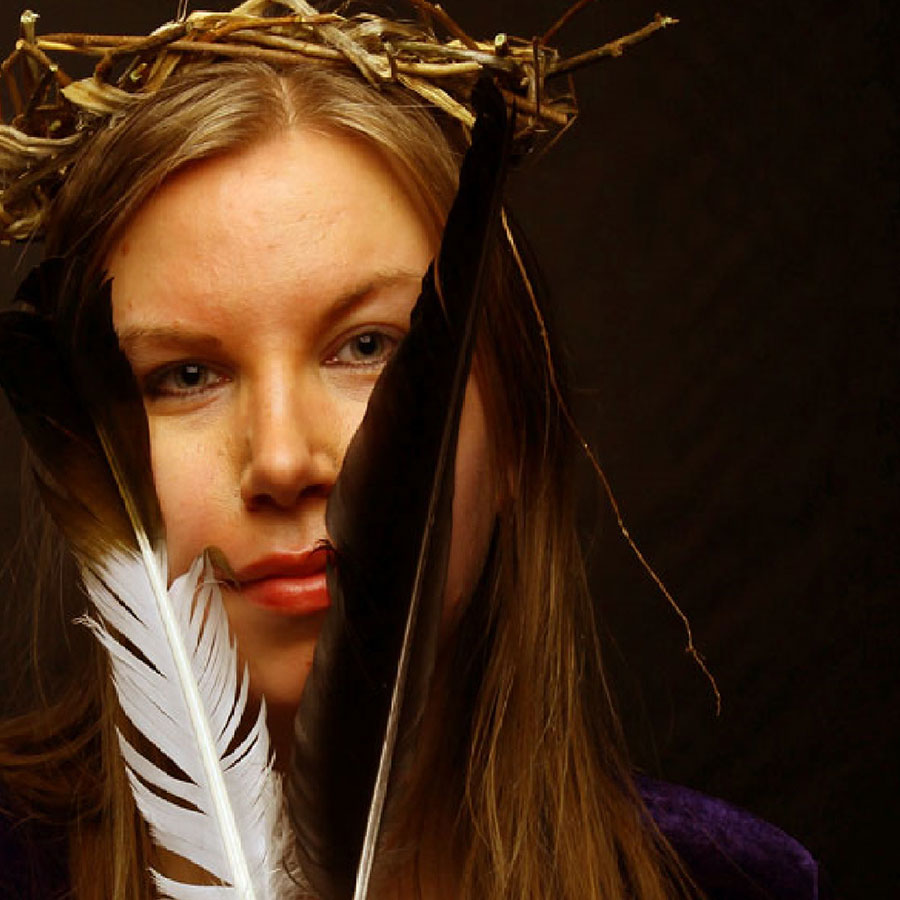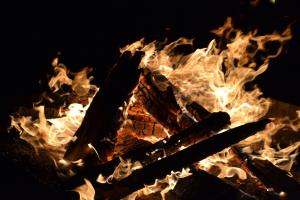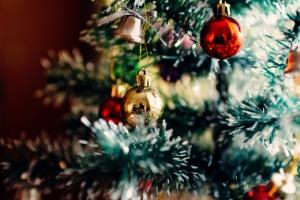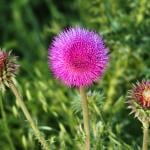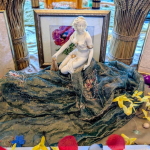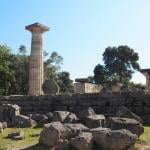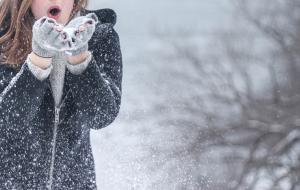
In pre-Christian Finland, celebrations were connected to the land and the wheel of the year was filled with celebrational days to honour the spirits of the earth and the land. In the Middle Ages, these spirits were renamed after Catholic saints but in many cases, the ritual worship remained similar. Winter was the time of inner reflection. Nature-based spirituality was something very common in a culture that had such a tight relationship to the surrounding nature.
November – Marraskuu
Derived from the old Finnish ”marras” meaning death (dying earth).
Jako-aika – Dividing-time 30.10 – 10.11
The sacred time between the old year and the new year. Time of the spirits. Time for the first snow.
Martin päivä –day of St.Martin 10.11
Last of the autumn festivals. Dinner included seasonal foods.
Liisan päivä – day of Liisa 19.11
Roads start to get covered with ice.
Litvetin päivä – day of Litvetti 23.11
Beginning of Christmas preparations.
Kaisan päivä -day of St. Katherine 25.11
Festival of Kaisa, the protector spirits of sheep and cows. The wool of the sheep is sheared.
Antin päivä -day of Antti 30.11
People start to prepare Christmas dishes. The weather gets colder.

December – Joulukuu
(Joulu = Christmas)
The old name of the month was talvikuu the winter month.
Annan päivä – Day of Anna 15.12
Baking for Christmas begins. Giving bakings to neighbours was believed to bring good luck to the farm and the house. Holiday has pagan origins in the worship of Annikki, the spirit of the forest, faith and the protector of animals. During Catholic times holiday was turned into St.Anne´s day.
Tuomaan päivä ja pesäpäivät – Day of St Thomas and the nesting 21.12
.Longest night and the shortest day of the year. Time of rest, the Sun goes to its nest.
Joulu – Christmas 25.12 – 13.1
Time to remember loved ones and family members. Many pagan customs that were part of Kekri celebrations, later on, became part of Joulu.
Tapanin päivä – day of Tapani (St.Stefan) 26.12
Day of the horses. Time to visit neighbours and friends.

January – Tammikuu
The name of the month comes from the word tammi meaning oak. Refers to the heart (middle) of winter, the symbol was a big oak tree.
Nuutinpäivä – day of Nuutti 13.1
End of Christmas. Nuutti was a joyful festival. A Group of mummers called nuuttipukit visited from house to house singing and performing.
Selkäviikot (back weeks) from Nuutti to the end of February
The time period of hard forest work
Heikinpäivä – day of Heikki 19.1
”Back of winter” snaps. The darkest time of the year is over and spring is on its way.
Paavon päivä – day of Paavo 25.1
Days become lighter. The traditional food of the day was pea soup.

February – Helmikuu
Sometimes known as ”pikkutammi” the little oak. The name of the month is derived from the word helmi meaning pearl, referring to the glittering snow. The coldest time of the year.
Kynttilänpäivä/kyntteli – Candlemass 2.2
First day of spring. Time to forecast weather for the coming year.
Sipin päivä – day of Sipri 15.2
Pigs and hens were let outside to eat. Several spells were made using eggs.
Kevät-Matti – Spring Matti 24.2
Nature comes alive. Spirits throw hot stones into water areas melting the ice away.

